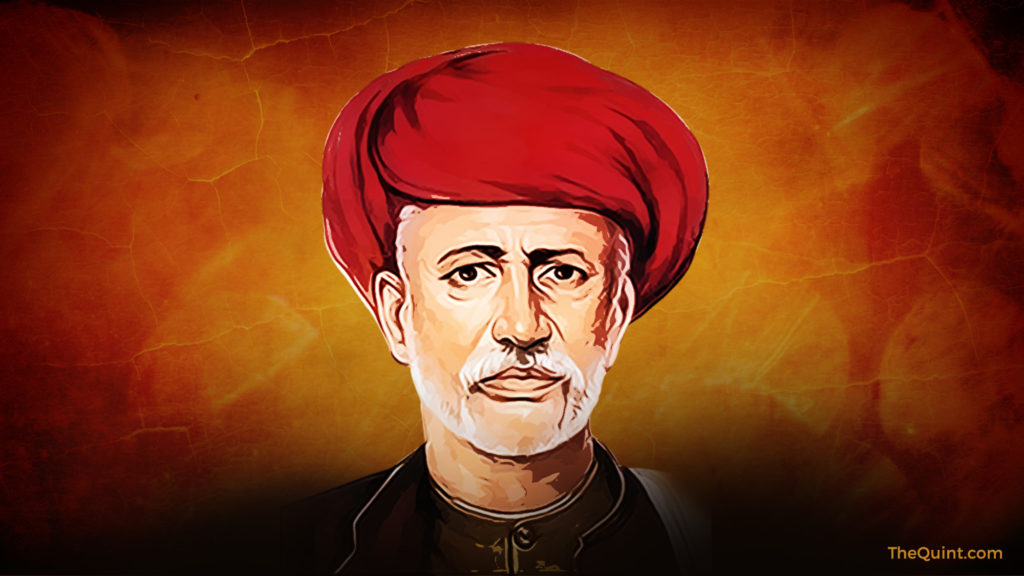
Debrahmanising and Demythifying Indian History – The Great Contribution of Tatyasaheb Jyotiba Phule
If Gandhi is the father of nation for India’s Brahmins and Banias (Shetji-Bhatji axis in Tatyasaheb’s analysis) who constitute less than one percent of India’s population, for India’s majority of the SCs, STs, OBCs, and minorities, Tatyasaheb is the father of their nation who constitute 90 percent of India’s population. Judging by the mere numbers, Tatyasaheb made far bigger a contribution to the people of India than Gandhi who is posed as the father of nation. Gandhi is not even the father of the Congress party, he was handpicked by the Congress and raised to the level of Mahatma, but the true Mahatma of the people was Tatyasaheb.
It was Tatyasaheb who opposed the Brahminical Congress when it was founded and it was Tatyasaheb who started the movement of the Bahujan Samaj with a clear theoretical understanding of the “caste” struggle in India. His analysis and his keen penetrating intellect created not only the theories to understand the “caste” struggle in India, but generated a new struggle with a power to dismantle the exploitative regime of the Brahmins and Banias.
One can go on writing tonnes of words to bring out his greater contribution, but this note attempts to bring out his insights and analytical framework through which he sought to debrahmanise (borrowing the term from Braj Ranjan Mani and Dr. S. M Dahiwale’s sociological analysis). He was first to understand that “Hinduism” is a “construct” and “machination” of the Brahmins. That is why he termed it as “Brahmanikava” in Marathi. The word Kava in Marathi has a connotation of “military strategy” and hence the “Hinduism” is a military strategy of the Brahmins to defeat the SCs, STs, OBCs, and converted minorities.
He tried to therefore debrahmanise Indian history by actually looking at the myths present in the Indian literature and in the Brahminical books, particularly the theory of Avatars. His readings and analysis of the myths gave him a penetrating insight that the myths are encoded caste wars between the “Brahmins-Banias” against the “Oppressed majority” of India. In these myths, the “Oppressed majority” are painted in the bad light and their heroes have been reduced to the level of demons. The actual heroes were stripped of their heroism. If one can understand this “caste” war encoded in the myths, one can see their freedom out of it. Tatyasaheb did exactly that, and that is why his attempt to turn the myths upside down and in many cases defenestrating them from the minds and culture is revolutionary. In a way, the myth-making business of the Brahmins can be seen as a counterrevolution to the revolution started by the great Buddha.
Tatyasaheb asked the Bahujans to go back to the spirit of the Buddha: the true personality according to him and he eventually founded a new religion that sought nothing but the truth. He was egalitarian who also spoke and wrote about Jesus and Muhammad and he would certainly exhort the people who follow them to follow the truth. Truth-seeking was therefore not a religious activity for him, it was a revolutionary act that sought the liberation of the people. This is what contemporary India needs: freedom to seek the truth, freedom to live the truth, and freedom to propagate the truth. This real father of the nation and his revolution is as much needed today as it was needed in the past.
Author – Mangesh Dahiwale



Beautifully written and revealed the truth of hinduism.